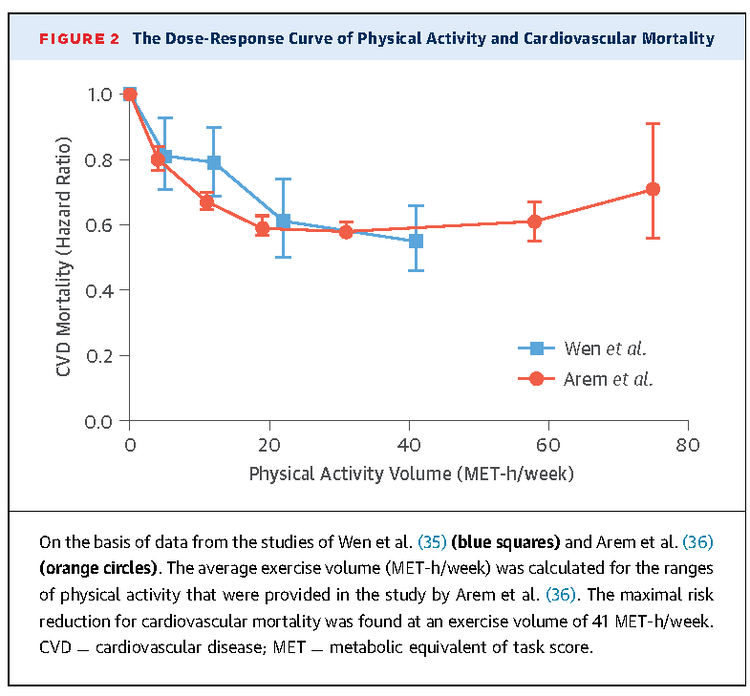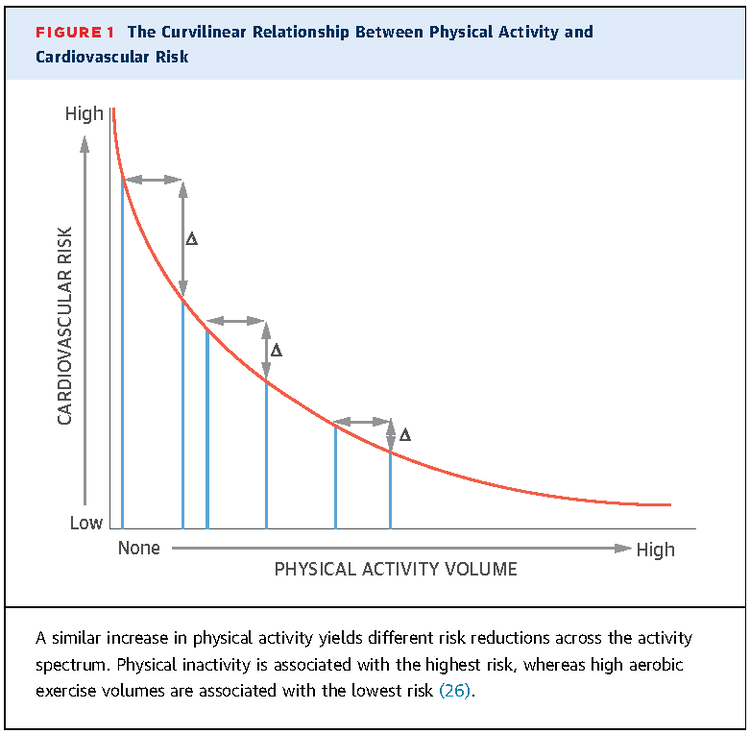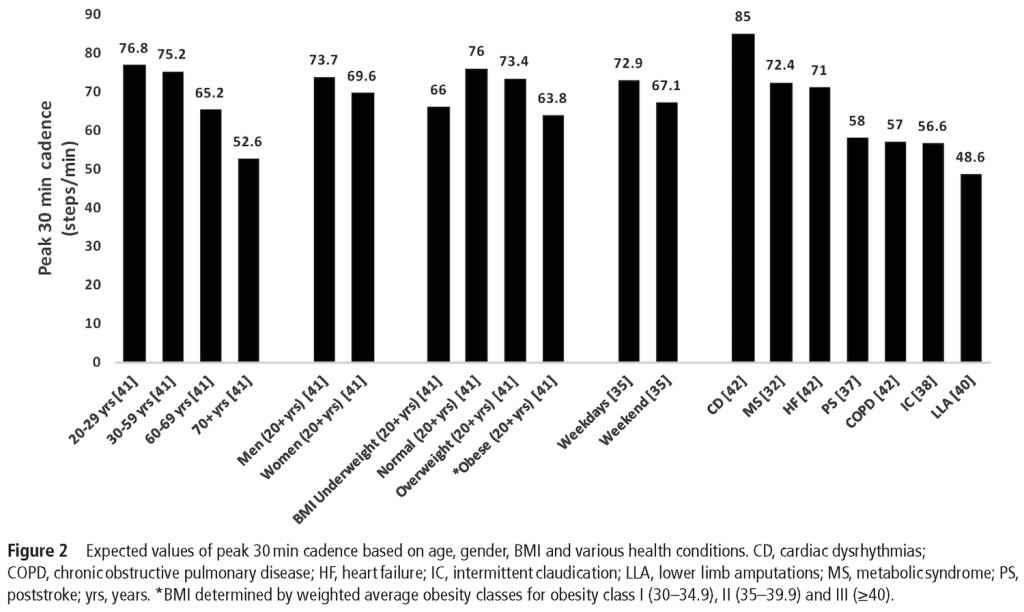Why Walk? Let’s Break It Down!
It’s no big secret that exercise is like a magic potion for your health, yet a whopping 74% of American men and 81% of women just aren’t getting enough of this good stuff. Regular walking, the most popular low-impact exercise, packs a punch when it comes to health benefits. From slashing the risk of heart disease to reducing stress and more, walking is your wellness ally.

Eijsvogels TMH, Molossi S, Lee D-C, Emery MS, Thompson PD. Exercise at the Extremes: The Amount of Exercise to Reduce Cardiovascular Events. J Am Coll Cardiol. 2016;67(3):316-329.

Eijsvogels TMH, Molossi S, Lee D-C, Emery MS, Thompson PD. Exercise at the Extremes: The Amount of Exercise to Reduce Cardiovascular Events. J Am Coll Cardiol. 2016;67(3):316-329.
Myth-Busting 10,000 Steps
Ever wondered where the 10,000 steps-a-day goal comes from? Hint: it’s more about catchy marketing from a 1960s Japanese pedometer called “Manpo-kei” (which means “10,000 steps meter”) than solid science. But here at ADAPT Recharge, we like to keep things real. You don’t need to hit that 10,000-step mark to reap the benefits of walking. In fact, just 3,000 to 4,000 purposeful steps a day can significantly boost your health. That’s right, a brisk 30-minute stroll five times a week is all you need to meet the Physical Activity Guidelines for Americans. Easy peasy!

Walking: Not Just a Walk in the Park
While you might think of walking as just a way to get from point A to B, it’s also a fantastic tool for rehabilitation. Whether you’re dealing with a sprained ankle or chronic back pain, walking can help you heal and strengthen your body. Studies show that a consistent walking routine improves long-term physical function and can even ease pain. Think of each step as a stride towards a healthier you.
Overcoming Obstacles
We get it—life gets busy, and it can be tough to find the time or motivation to get those steps in. But here at ADAPT Recharge, we’re all about breaking down barriers and making exercise both fun and achievable. Whether it’s setting a daily walking goal, joining a walking group, or just taking a peaceful stroll through nature, there are endless ways to make walking a regular part of your life.
Get Walking with ADAPT Recharge
Ready to start? Lace-up your sneakers and join the ADAPT Recharge community in making walking a staple in your health regime. Remember, it’s not just about the distance or the pace—it’s about moving more and feeling better. Start small, keep consistent, and watch as you walk your way to a healthier, happier you.
Check out our store for more on our programs and start transforming your health one step at a time!
Essential Walking Insights:
- Guidelines and Reality:
- Aim for at least 150 minutes of moderate-intensity aerobic activity and two days of muscle-strengthening exercises weekly.
- Despite these recommendations, 74% of American men and 81% of American women do not meet these physical activity guidelines.
- Effective Routine:
- Walking is a prevalent form of exercise that can help achieve these 150 minutes of aerobic activity.
- Achievable goal: Walk at approximately 2.5-2.7 mph or 100 steps per minute for 30 minutes daily, totaling 3,000-4,000 steps.
- Intensity and Frequency:
- Aim for a moderate intensity, about 5 to 6 on a scale of 0 to 10, for 30 minutes, five days a week.
- Myth of 10,000 Steps:
- You don’t need to hit 10,000 steps daily to benefit from walking.
- Even small increases in activity can significantly benefit those who are less active, older, or have chronic health issues.
- Physical activity doesn’t have to be continuous; it can be accumulated in short bursts throughout the day.
- Walking for Rehabilitation:
- Walking is effective for musculoskeletal rehabilitation, useful for conditions like low back and knee pain.
- It can be an adjunct or a standalone treatment, offering both physical and psychological benefits.
- Overcoming Barriers:
- Common hurdles include lack of time, concerns about safety, and perceived risks.
- Discussing a personalized plan with a healthcare provider can be beneficial.
- Optimal Walking Practices:
- Preferred walking mode: outdoors without a cellphone to enhance mental health and reduce symptoms of depression and anxiety.
- Consider joining outdoor walking groups or finding a walking buddy to improve adherence and enjoyment.
- Start Small, Think Big:
- Begin with manageable goals and gradually build up to make walking a regular, enjoyable part of your lifestyle.
Are you tired of sitting around and ready to step up your health game? Dive into our ADAPT Recharge assessment and let’s get moving!



